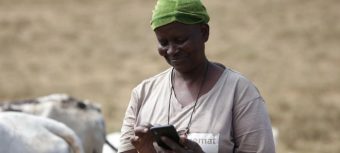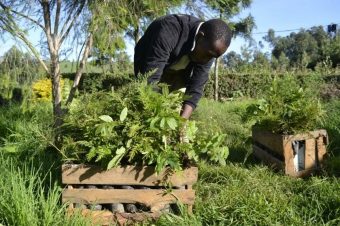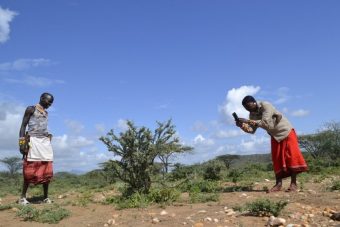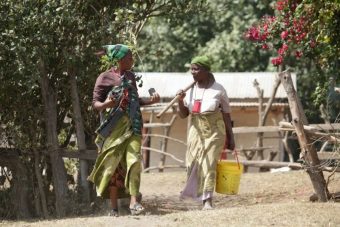The year 2020 started with such optimism and hope for nature-based solutions and environmental sustainability.

Environmental, social and governance investments were high on the agenda at Davos; the World Economic Forum launched the 1 Trillion Trees campaign, backed by Salesforce; BlackRock’s CEO sent an open letter to industry leaders about the future of the planet and the tough but necessary choices ahead for investment; and calls for action from young people were gathering momentum.
The message was clear: if we don’t do something fast, our future does not look good.
Then, a few short weeks into the new decade, COVID-19 literally shut giant swaths of the world down. Planes stopped flying, factories closed, businesses had to adapt, and people stayed indoors. Many world leaders showed us that in times of crisis they can act fast.
Now what? Post COVID-19 recovery plans are a priority: the current loss of income and slowed economic growth are being compared by some to the Great Depression of the 1930s—and this time the situation may be affecting millions more people.

The climate, biodiversity and COVID-19-induced poverty crises require creative and innovative solutions.
In recent years there has been much technological development in terms of restoring degraded land—from big satellite data and complex carbon measuring systems, to tree tracking and tree-based currencies. Investments in land restoration can create much needed jobs and income in rural areas of developing countries.
What if we harnessed new technology by linking donors investing in trees to the actual planters themselves, where the planters are paid not only to plant the tree, but also to ensure their survival? Could we turn tree planters into tree growers through an incremental payment system that pays individual planters to maintain the life of a tree, especially during its first vulnerable years?
“The big result of this COVID crisis is there will be a lot of jobless people in many impoverished places, when in fact these people could… have jobs in carrying [out] restoration projects near their village, near their community,” says Robert Nasi, Director-General of the Centre for International Forestry Research (CIFOR) in a recent Global Landscapes Forum panel discussion [minute 38]. “I think we should provide the capacity for these people… to do good work where they are after the crisis.”

Tim Christophersen, a nature and climate expert with the United Nations Environment Programme (UNEP), says: “The pandemic requires vigorous physical distancing rules, but this need not affect tree-growing efforts. Imagine if one billion smallholder farmers around the world could keep working and supplement their income by planting trees. This could provide economic recovery funding to those who need it the most.”
According to the co-founder of Greenstand, Ezra Jay, “Tackling both climate change and poverty, Greenstand has created a technology stack to verify tree survival and enable planting organizations to pay individuals to grow trees and restore degraded land.”
The technology has been tested in several countries, and perhaps most effectively through a partnership with Fairtree.org, an organization that has developed a mobilization and engagement “pay-to-grow” framework and communications campaign to reach and pay these last mile planters.
Pay to Grow: Enabling a pan-African tree growing movement
As one of many contributing initiatives for a post COVID-19 economic recovery that, in turn, supports the UN Decade on Ecosystem Restoration 2021-2030 and the 1 Trillion Trees campaign, UNEP is exploring the expansion of the “pay to grow” model in East Africa with Greenstand and Fairtree.org.

“Fairtree.org, using Greenstand technology, is expanding its pay-to-grow model to the greater tree-planting movement so that together we can ensure measurable social and environmental impact and create more jobs on the front lines of the climate crisis,” says Jon Trimarco, co-founder of Fairtree.org.
“Fairtree’s ‘pay-to-grow’ model ensures that hundreds of thousands of prospective tree growers have the resources and know-how they need to lead restoration projects in their own communities,” Trimarco adds.
The model, which includes a communications strategy and content to educate, mobilize and inspire tree growing, fits well with many ongoing efforts, such as the African Forest Landscape Restoration Initiative (AFR100) and TerrAfrica. The Pan-African Action Agenda on Ecosystem Restoration for Increased Resilience is the glue that binds all African restoration initiatives.
Trees provide ecosystems services, including protecting Africa’s soils, water and climate, and buffering disease, and are crucial to averting serious food crises.
Mobilizing millions of new tree champions along the last mile is imperative if we are to achieve the bold targets set out by the 1 Trillion Trees initiative and the UN Decade on Ecosystem Restoration.
Source: UNEP




